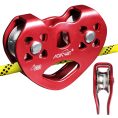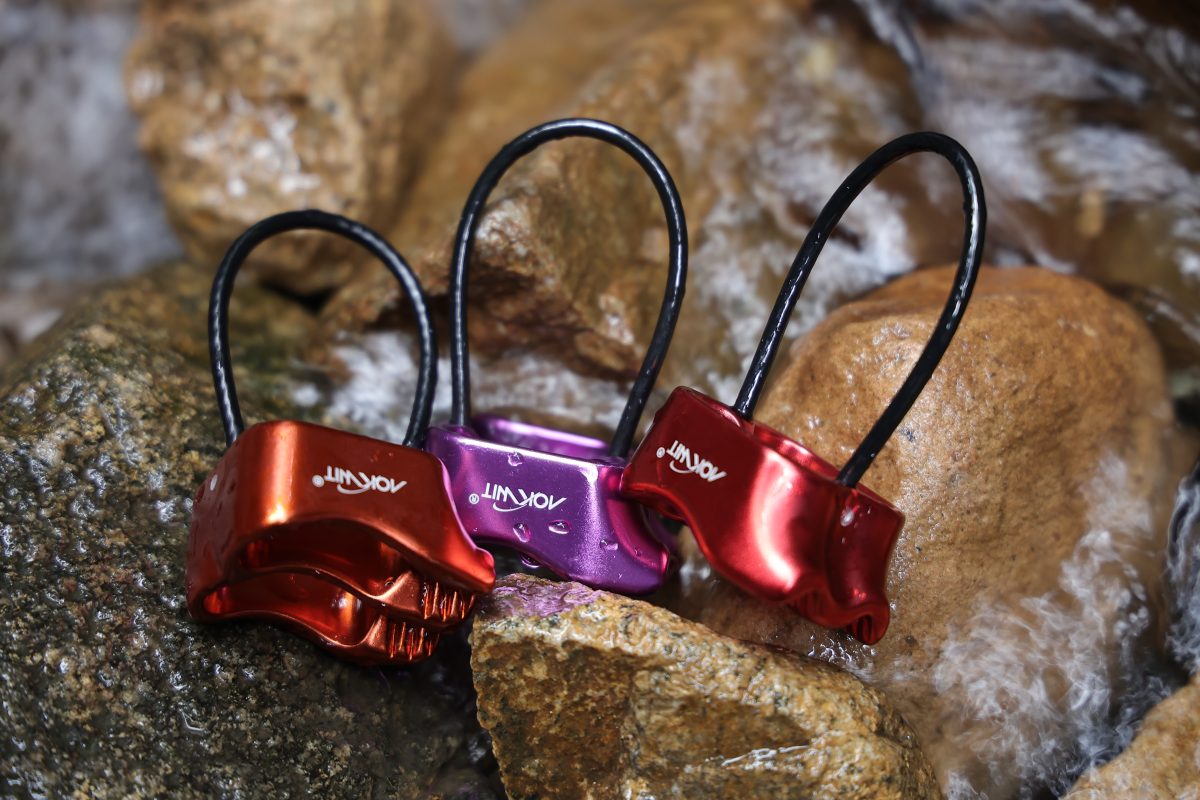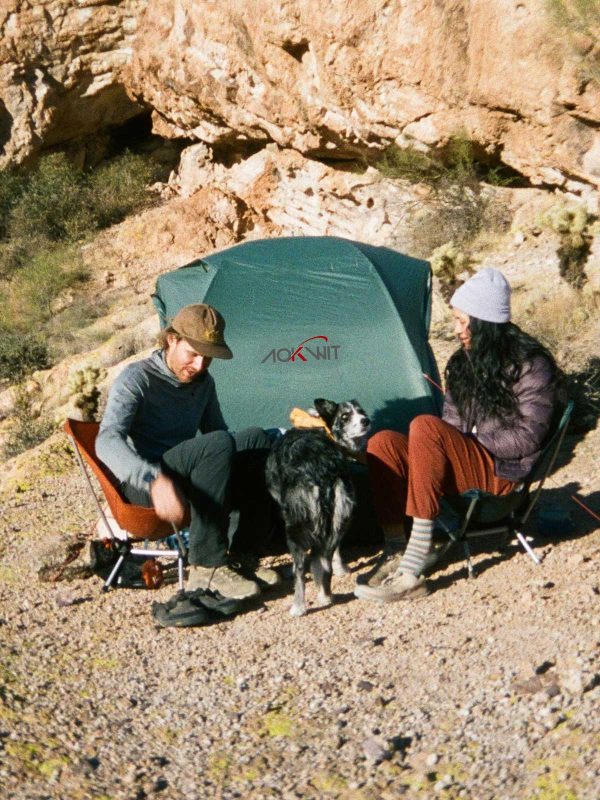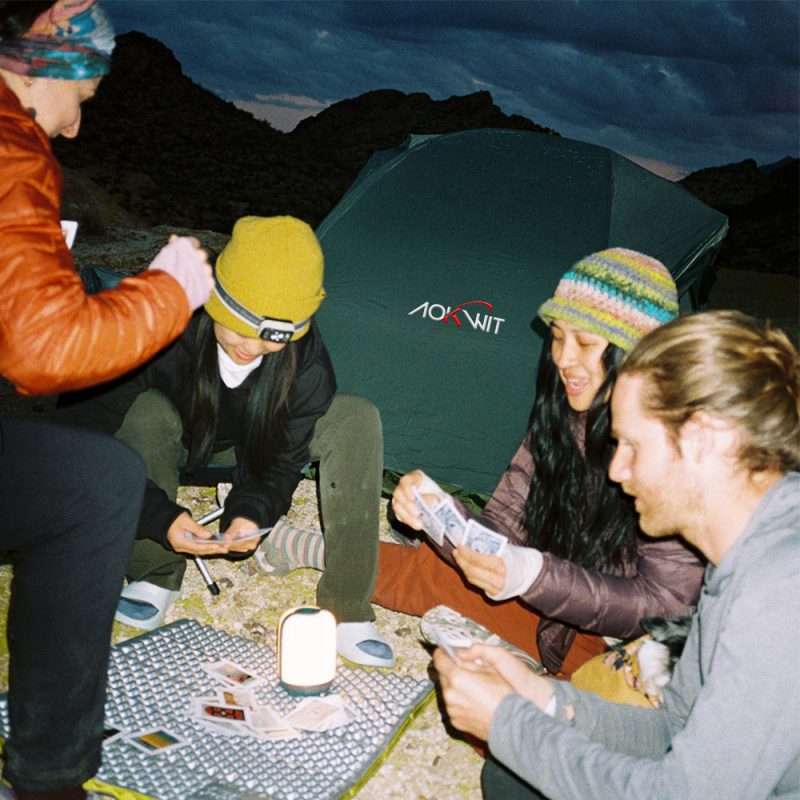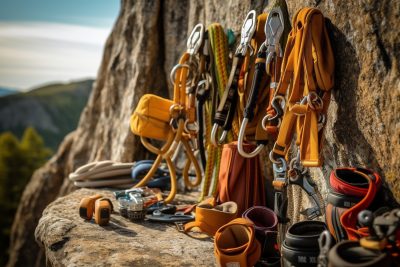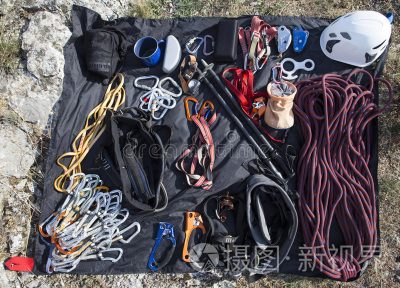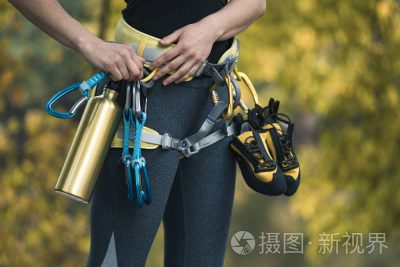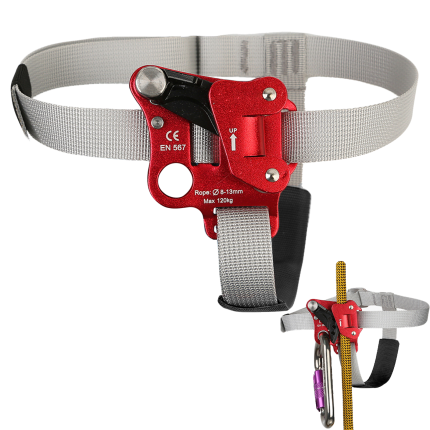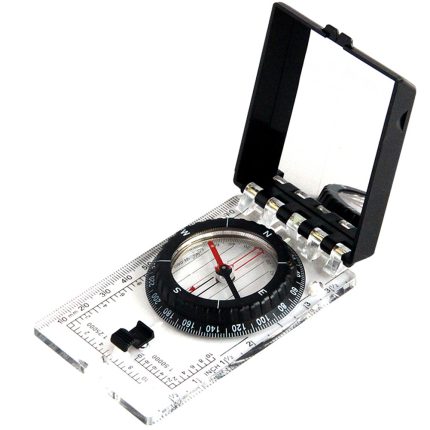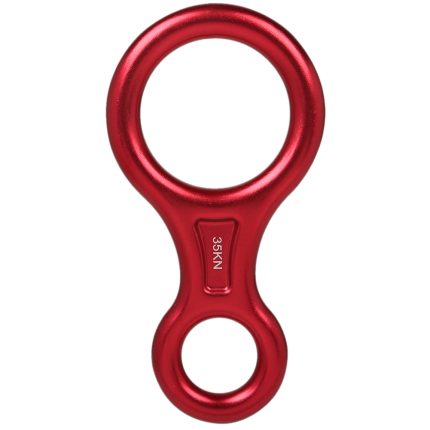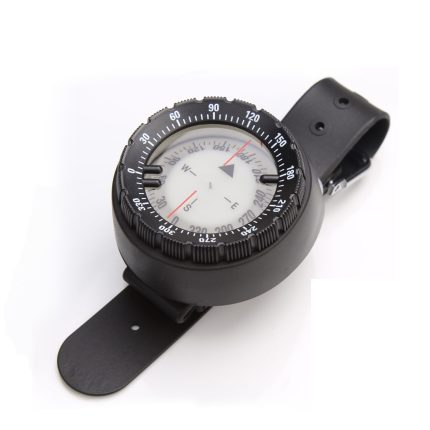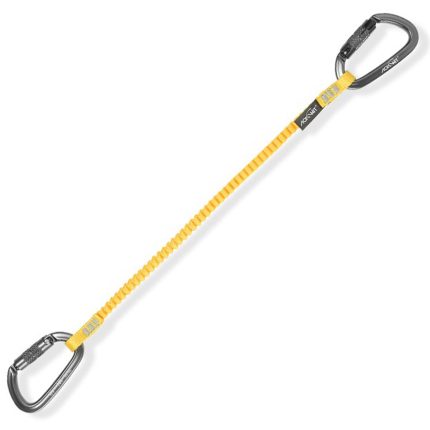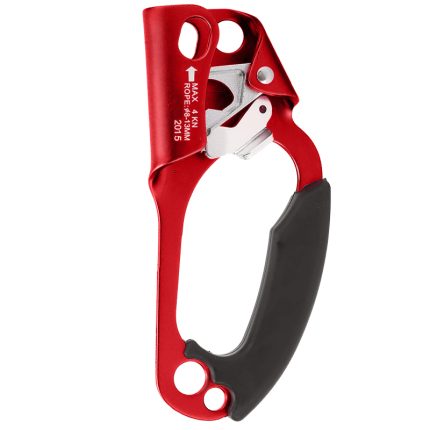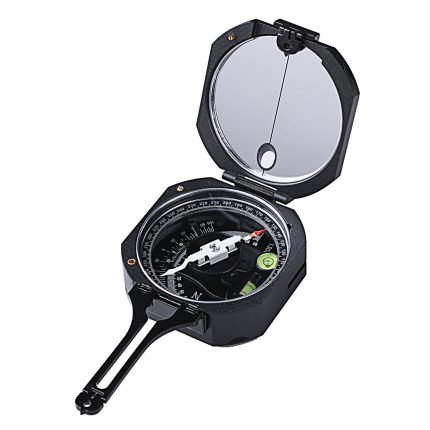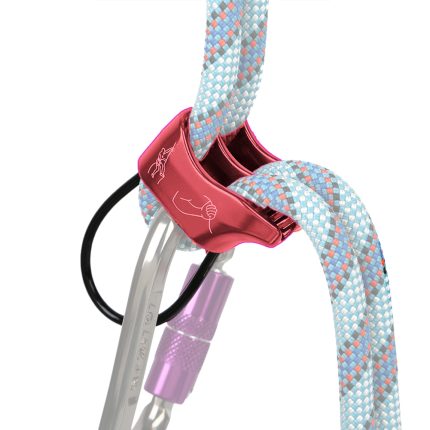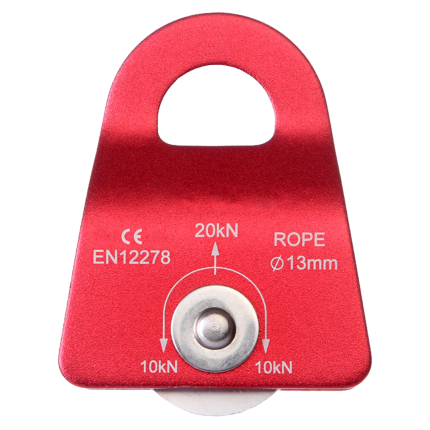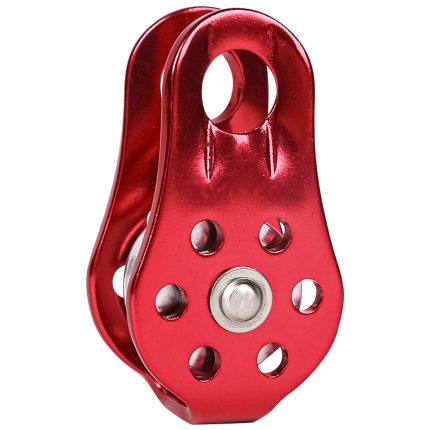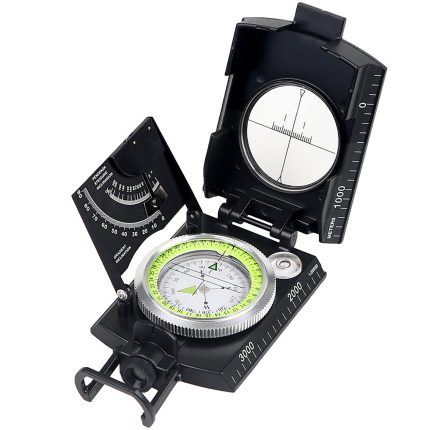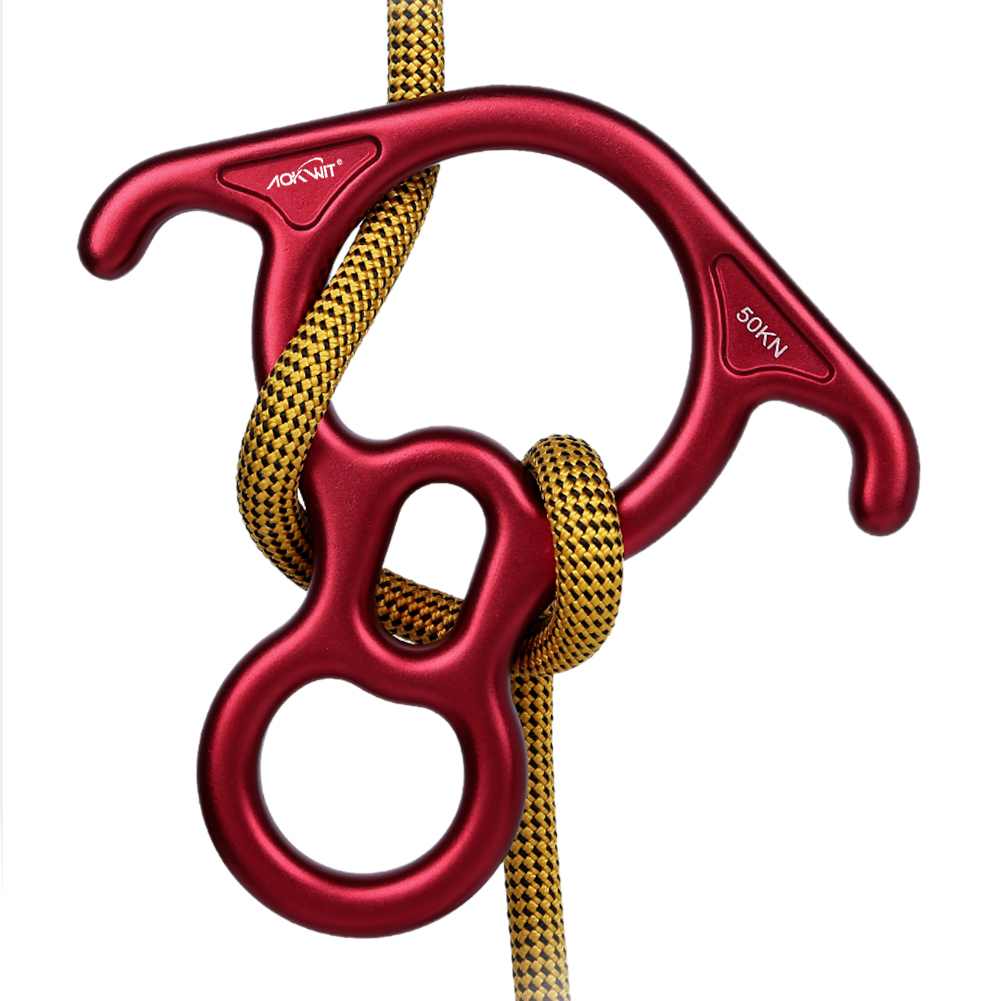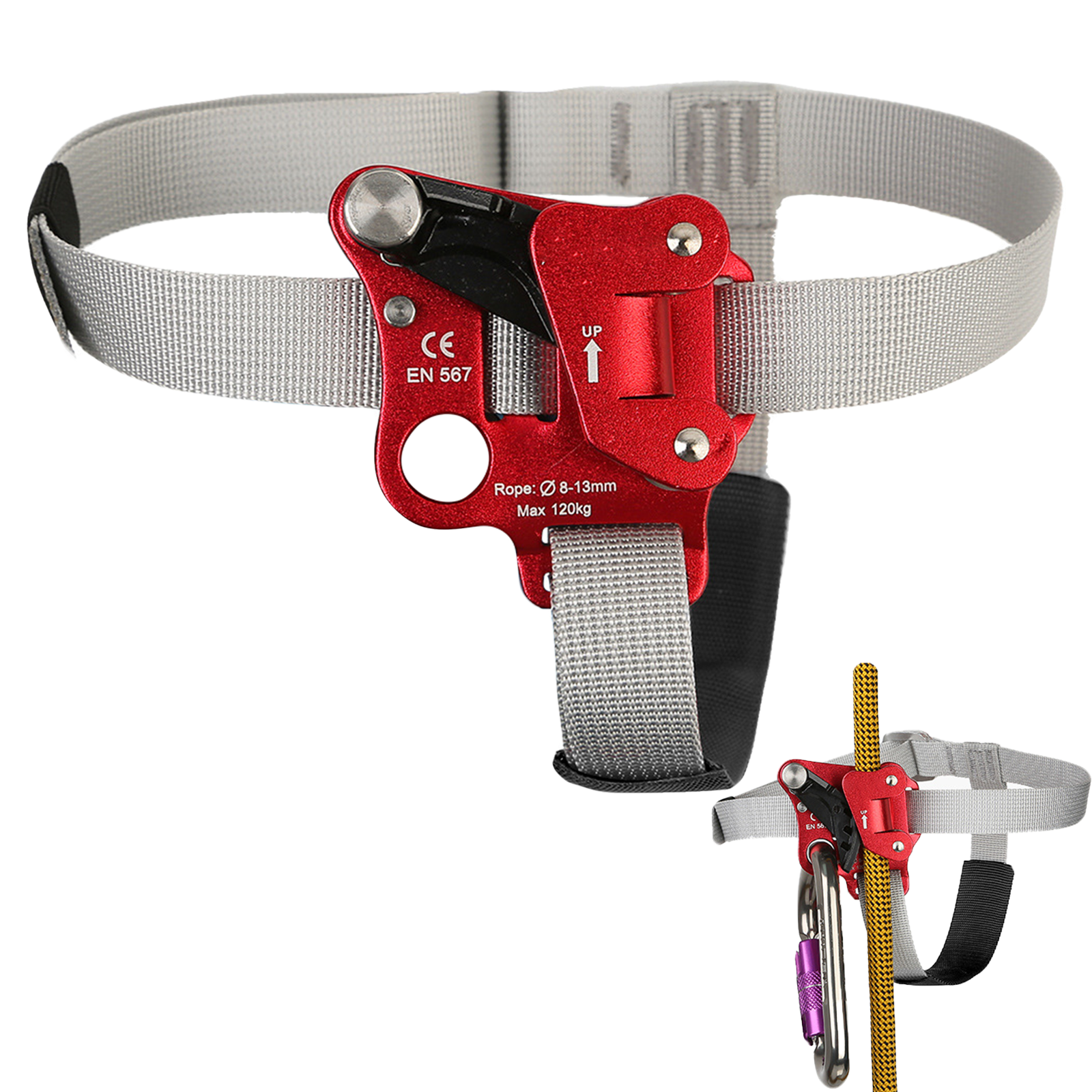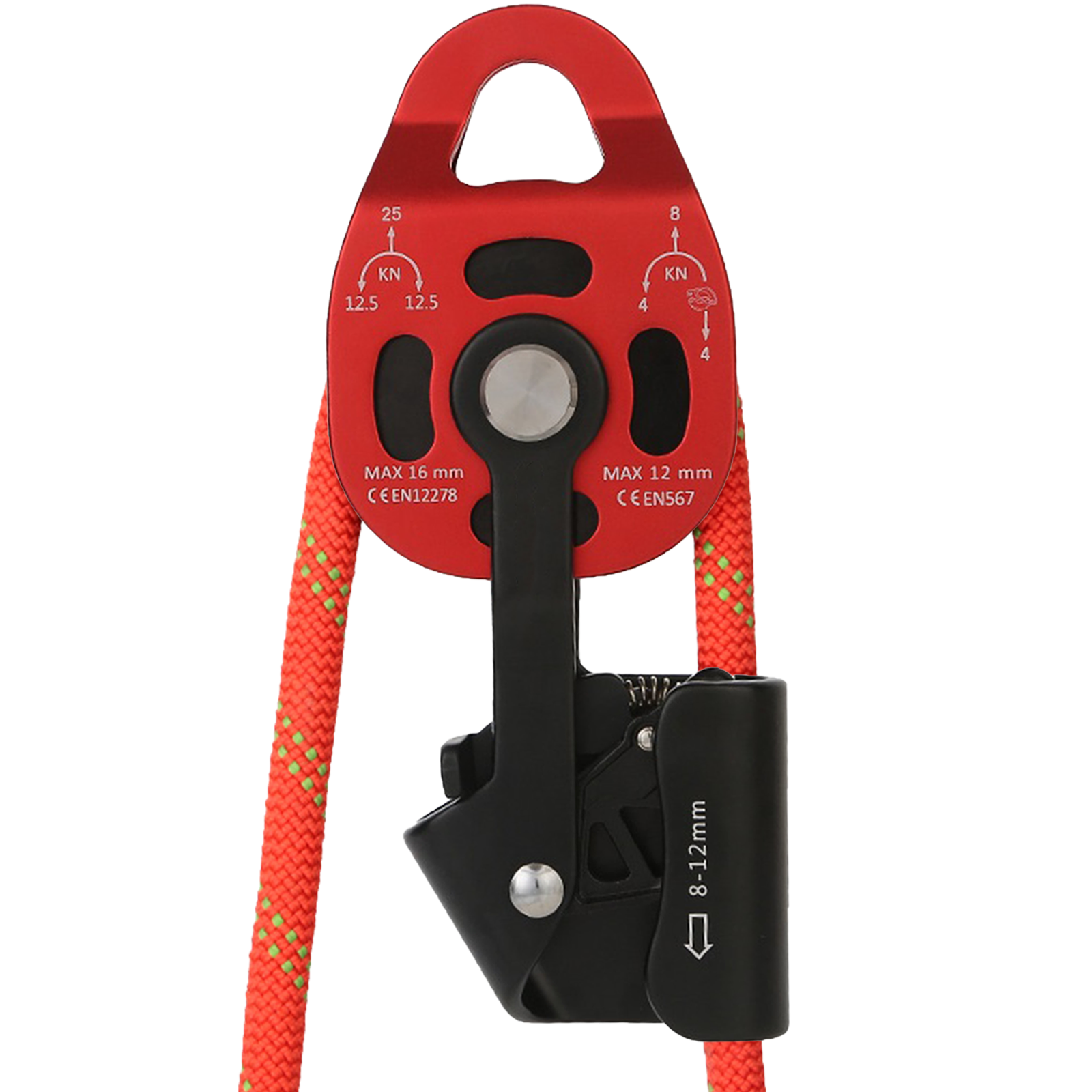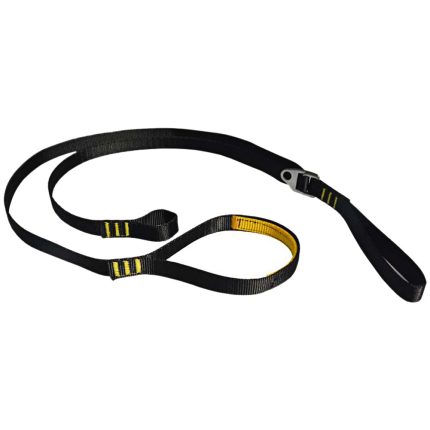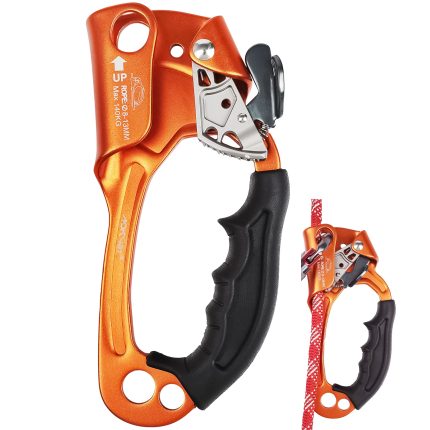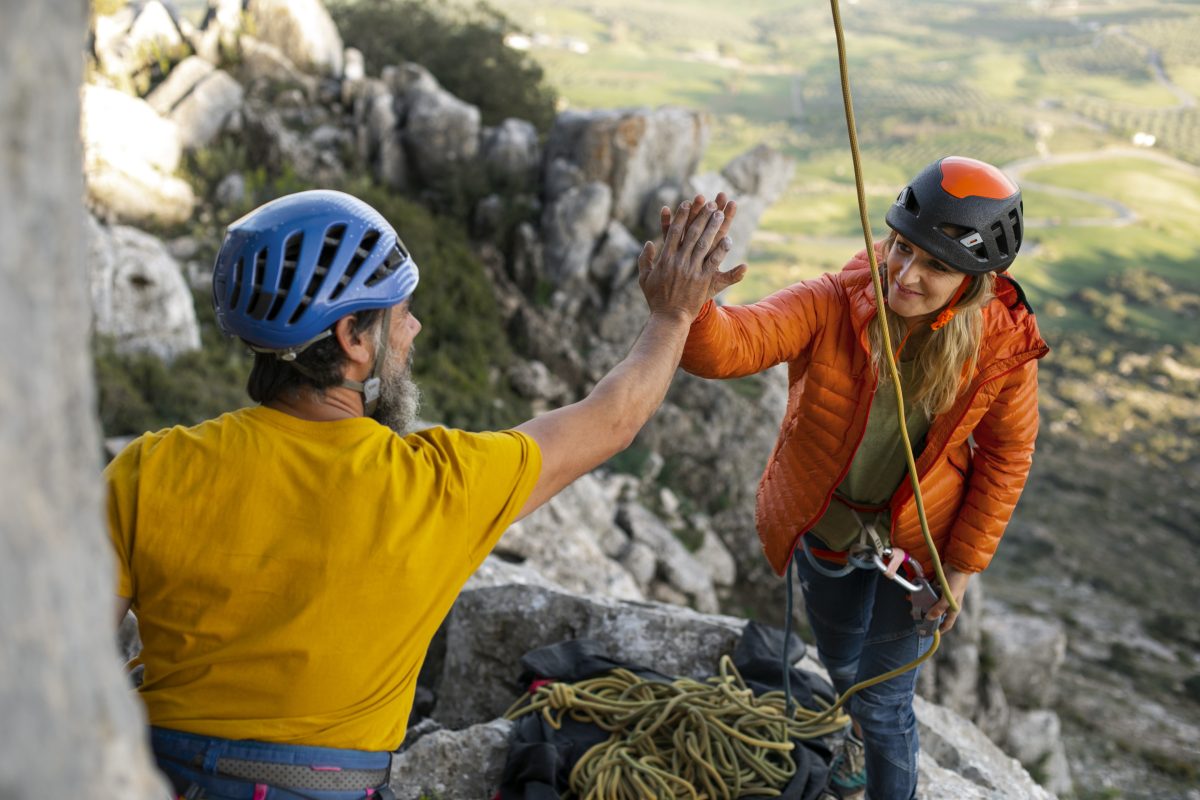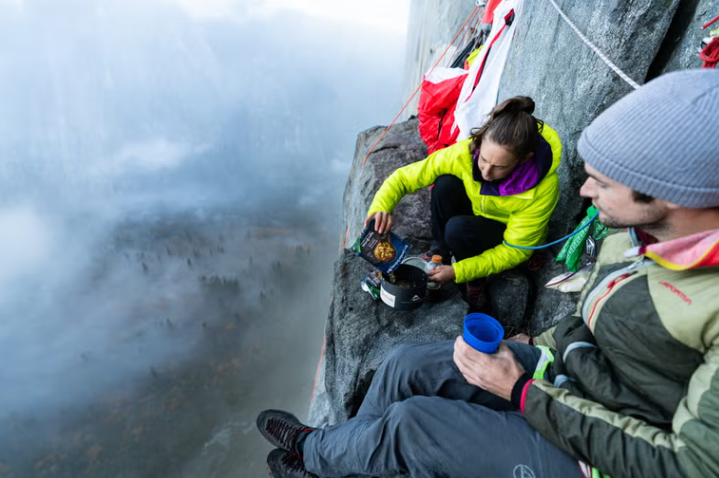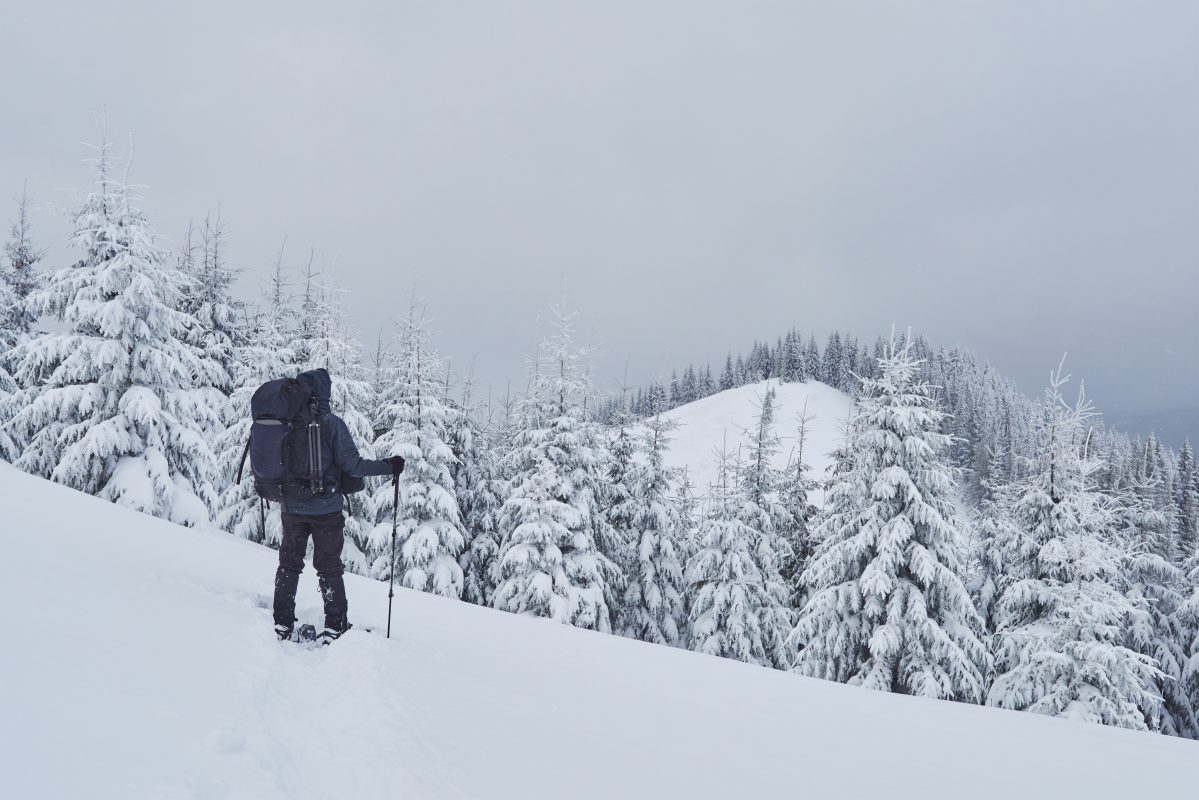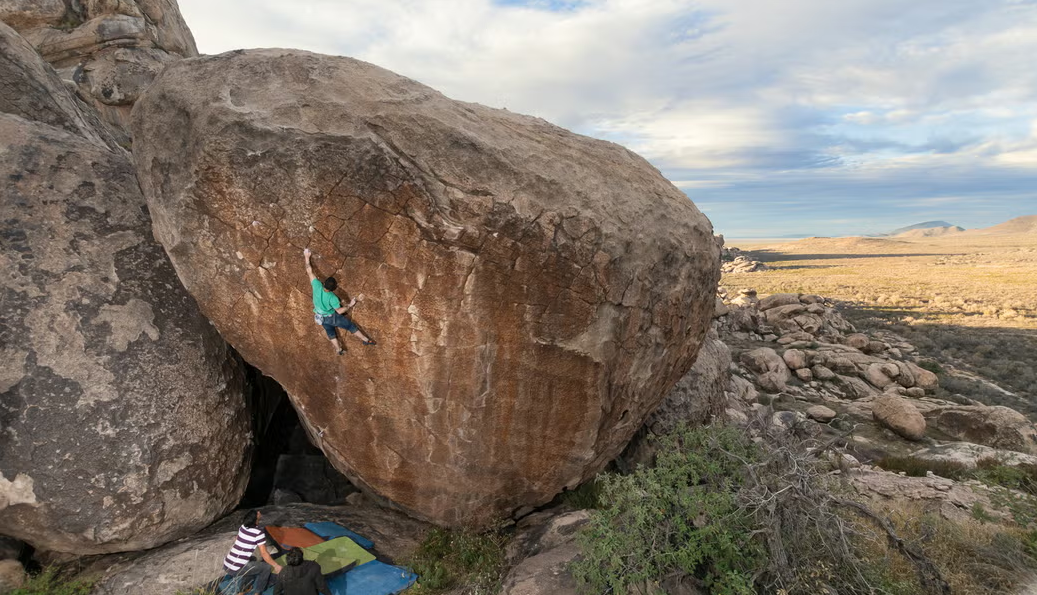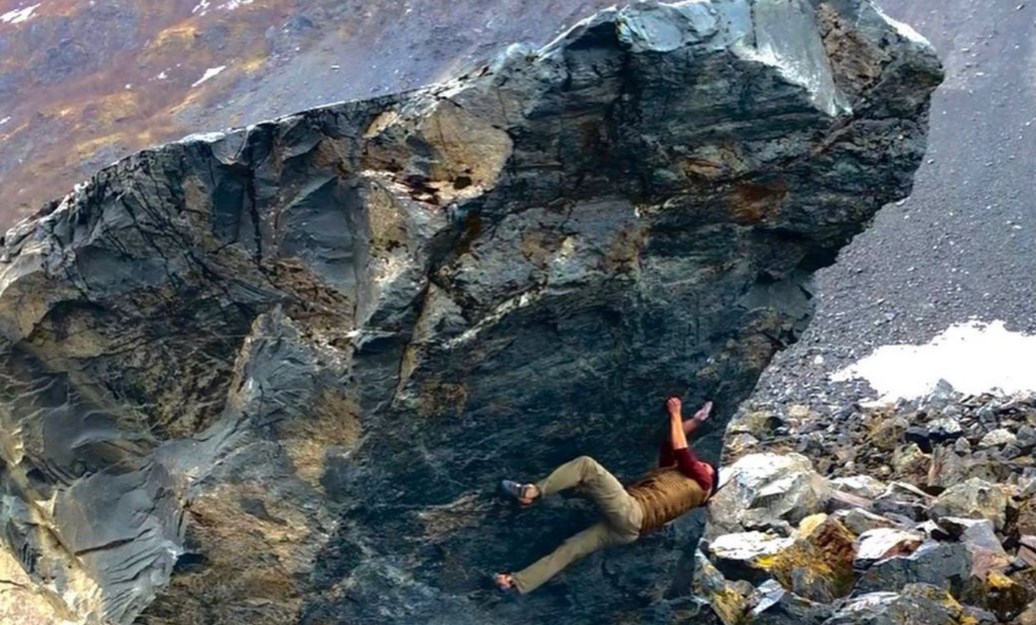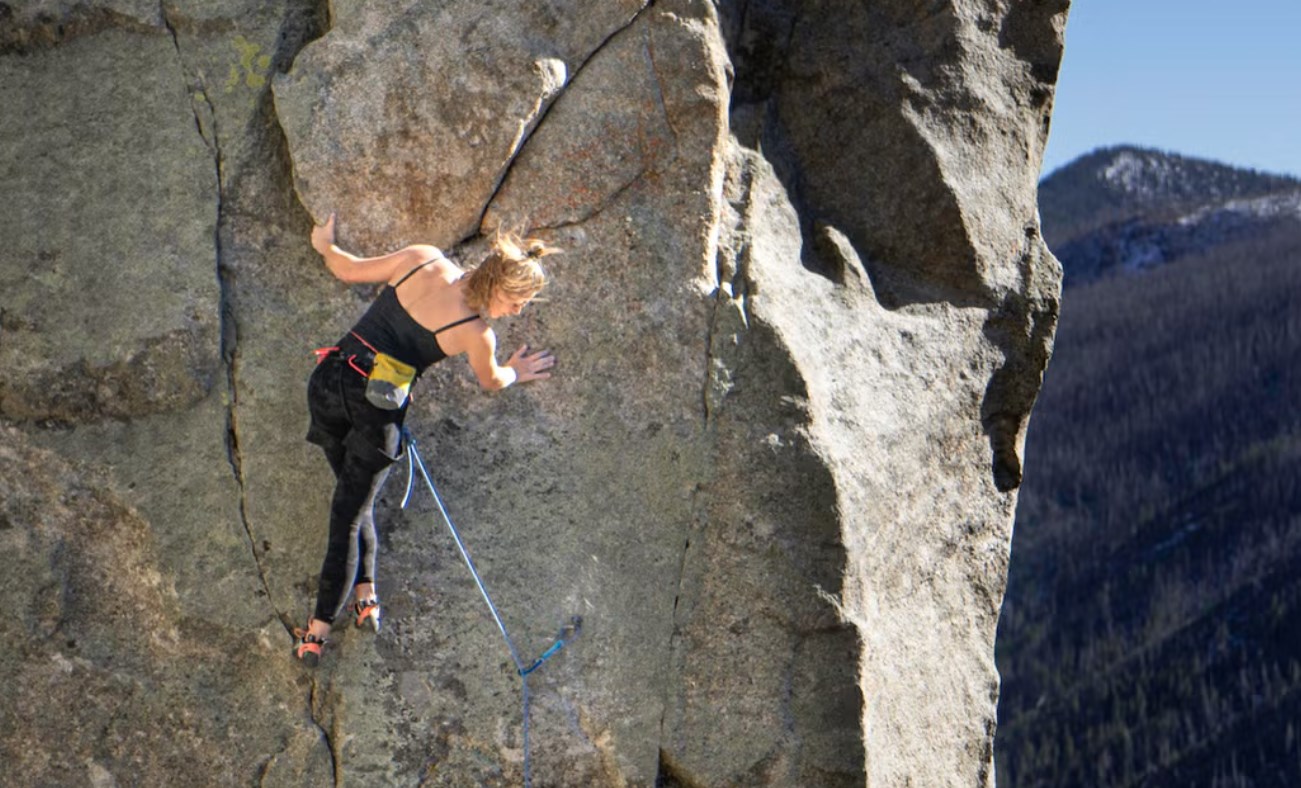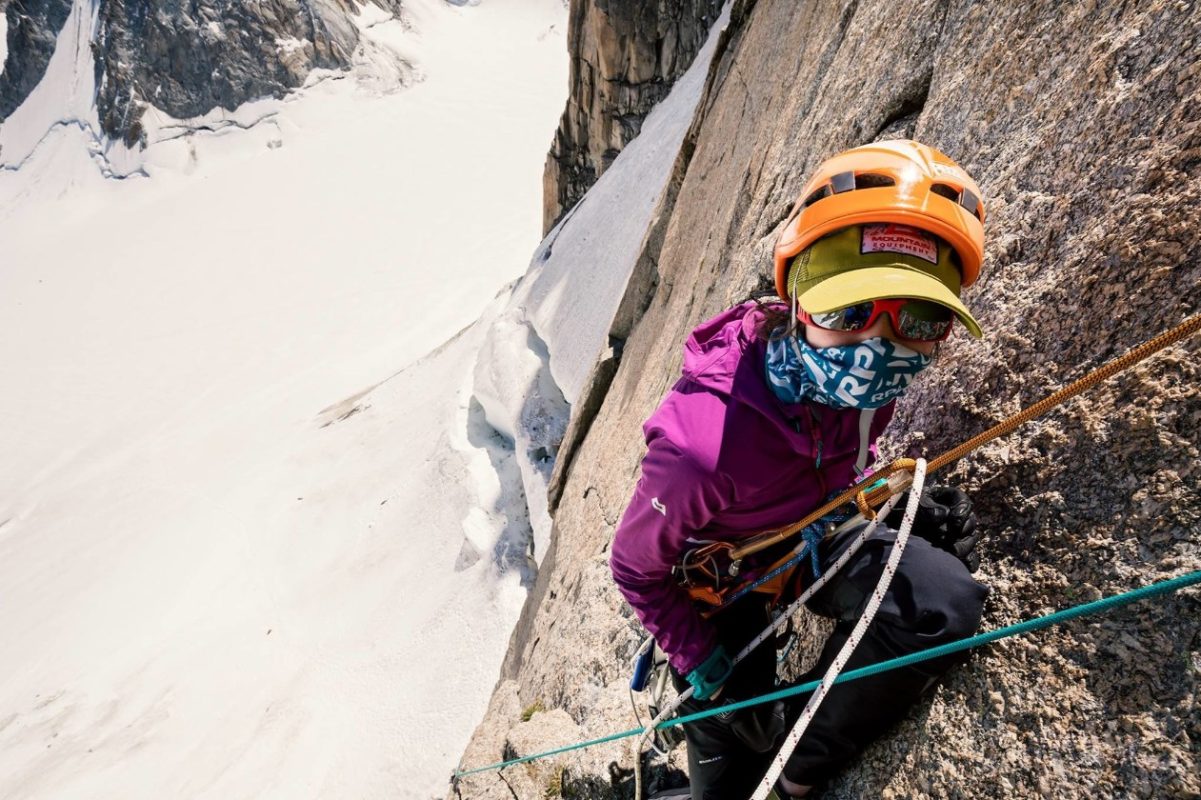Common English mnemonics you must know when rock climbing
I. Starting the Climb
“On belay?” – The climber (themself ready with harness, knots, gear) asks if the belayer is ready.
“Belay on.” / “Belay is on.” – The belayer’s response.
“Climbing.” – The climber tells the belayer they are beginning to climb. Also used when resuming climbing after a pause.
The climber should wait for the belayer to respond with:
“Climb.” / “Climb away.” – The belayer’s response to “Climbing.”
II. During the Climb
“Slack!” – The climber asks the belayer to let out some rope.
“Up rope!” / “Take in!” / “Take!” – The climber asks the belayer to take in some slack rope. Depending on the situation, the rope may not be pulled completely tight.
“Tension!” – The climber asks the belayer to completely remove all slack, sometimes pulling tight enough for the climber to hang on the rope. If more tension is needed, the climber shouts “More!”.
“Watch me!” – The climber senses a high probability of falling or a particularly dangerous fall, alerting the belayer to pay extra attention. The belayer often takes in a little rope but must be careful not to disrupt the climber’s balance.
“Falling!” – Shouted by the climber as they fall. The belayer executes the catch (e.g., locking the brake hand). Note: A falling climber might not react in time to shout “Falling!”
“Rock!” / “Ice!” – Warns people below of falling rock, ice, or gear. Those below must develop the instinct to immediately seek cover or protect their heads upon hearing this shout. Crucially, do NOT look up if the climber is close!
III. Completing the Pitch/Route
“Off belay!” / “Safe!” – The climber, having reached a secure anchor point (belay station) at the end of the pitch, tells the belayer they no longer need to be belayed.
“Belay is off.” – The belayer’s response to the climber.
For multi-pitch climbing: The climber anchors themselves securely to the belay station and announces “Safe!” or “Off belay!”. They then begin building the anchor system (using multiple points, equalized, oriented for the direction of pull, etc.).
The belayer, after responding “Belay is off,” packs gear, attaches themself to the rope (preferably they were already tied in), and begins cleaning the previous pitch’s protection.
Important: Do not remove the last piece of protection until the rope is tight, ensuring you are still protected
Meanwhile, the climber finishes building the anchor, secures themself to it, and pulls up all remaining slack rope.
The former belayer (now the follower), seeing the rope attached to them become tight, shouts:
“That’s me!” – Indicates all slack is out.
The former climber (now the belayer), hearing “That’s me!”, knows the rope is tight, begins belaying, and shouts:
“Belay is on. Climb when ready.” – At this point, the follower (former belayer) cleans the last piece of the previous anchor and becomes the climber (on belay from above).
IV. Other Commands
When throwing a rope down, shout: “Rope!”
People below, after moving clear, respond: “Clear!”
